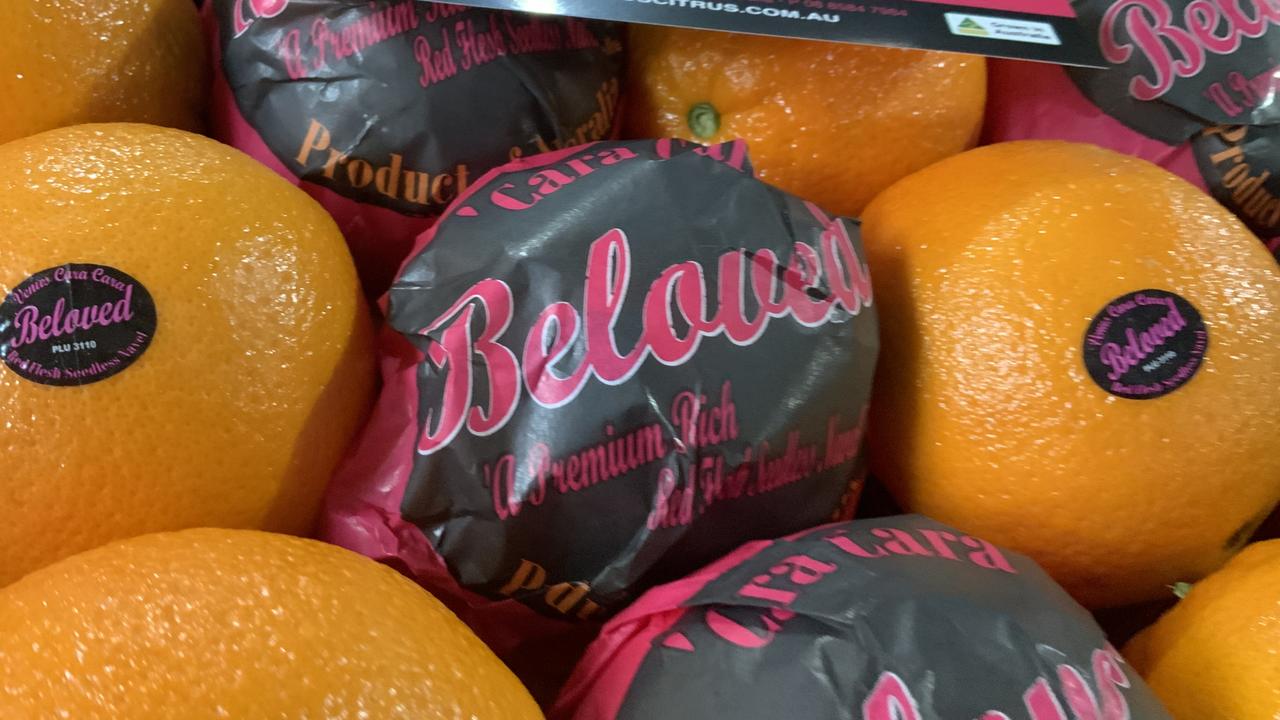Queensland crop farmer with the practice to help the Earth
CLIMATE change could be reversed in a decade if everyone practised regenerative agriculture, Simon Mattsson says.

CLIMATE change could be reversed in a decade if everyone practised regenerative agriculture, Simon Mattsson says.
The Nuffield Scholar visited 14 countries over two years researching soil biology and is convinced the health of our soils is essential to human life.
“Soil is the most complex biodiversity on the planet and soil health is the biggest issue globally we have to deal with,” he said. “The longevity of our race depends on it.”
Simon and his family have farmed sugarcane on their 190ha property at Marian, near Mackay in Queensland, since the 1980s but their focus has changed in the last few years.
“We aren’t sugarcane farmers anymore, we are mixed farmers,” Simon said.
“We are planting more and more sunflowers and mixed species cover crops to help replenish our soil and its biological function.”
As part of his Nuffield research, Simon paid particular attention to soil biology and plant diversity.
“Conventional agriculture has always focused on the minerals and structural side of our soil so we already have our heads around that but we have always lacked information on biology,” he said.
“Every plant species on the planet has a symbiotic relationship with a range of soil biology.”
GROUND ZERO
SIMON said there were three common soil health issues on the east coast of Queensland’s sugarcane regions.
The first was a lack of organic carbon in the soil, critical for water and air filtration.
“All good biology in the soil is aerobic, so it needs air like us and if it can’t get it, it dies,” Simon said.
The second problem was a lack of calcium in the soil, and the third and most common issue was compaction from heavy machinery, tillage, synthetic applications of nitrogen and burning of trash.
“It was a realisation that we had those problems that lead us to look at ways to solve them,” he said.
“This is where the sunflowers come in.
“They are a very good host of mycorrhizal fungi, which are largely responsible for the solubilisation of phosphorus in nature, and also have a large tap root which is thought to have some ability to alleviate compaction.”
On completing the Nuffield program, Simon was so inspired he started Central Queensland Soil Health Systems, a not-for-profit, farmer-driven soil health group to stage field days and share information.
“Unfortunately, the peak research bodies in the sugarcane industry have done very little work on soil biology so we are trying to help ourselves here,” he said.
TRANSITION PHASE
THE Mattssons are now practising regenerative agriculture and their farm is in transition.
In fallow country once the cane has been harvested they plant a mixed species crop of sunflowers, soybean, chickpea, oats and cow pea to help loosen the soil and add nitrogen and carbon and ensure constant ground cover is achieved.
They have also trialled intercropping of sunflowers with sugarcane to improve soil carbon levels and enhance biological function.
The sunflowers did not hurt the sugarcane crop at all. In fact, it was the best crop of cane produced on the farm.
“Pre-World War II, most farmers were mixed farmers and they grew a range of things but synthetic nitrogen led to ever-increasing monocultures where farmers now specialise in one or two things,” he said.
“Mono-cultures are easy to grow, manage and harvest but are detrimental to soil health.”
Simon is set to add 30 cattle to his farm, which will be rotationally grazed. “Cattle help complete the cycle because they are full of biology,” Simon said. “It’s not just from their back end, their saliva contains biology too and while they are in the multi-species crop eating it, there will be dung beetles too, which are a valuable macro-biology.
“Like earthworms, dung beetles are just as efficient. They dig big holes that also help with aeration and water infiltration.”
Simon said he hoped to have up to 75 cattle on the farm eventually and still be able to produce 12,000 tonnes of sugarcane.
“Cows are an important tool but overgrazing can be as detrimental as tillage,” he said.
“We want high intensity but short duration grazing so how they are managed is key.”
OPEN GARDEN
SIMON’S commitment to soil health led to his involvement with the Mackay Regional Botanic Gardens Land Art Project. It involved planting agricultural species to create land art using principles of regenerative agriculture.
The purpose was to bring together diverse communities within the Mackay region, to demonstrate the principles of regenerative agriculture, show the improved environmental management practises in the Great Barrier Reef catchment, engage with the public and generate a deeper understanding of the complex roles played by agriculture in the region’s economy, social life and ecology.
The project included an event called Sunset Symphony in the Sunflowers which was hosted on Simon’s farm last year. An auditorium was carved out of the sugarcane-sunflower dual crop.
“It was a way of bringing people together to improve public understanding of regenerative agriculture and to encourage transformations in industrial monoculture farming practices,” Simon said.
“I’ve been growing sunflowers now for several years and we are astounded by the number of people who stop to take photos.
“Through events like Sunset Symphony in the Sunflowers we are trying to get the word out to the wider community the importance of soil health and biology.”


